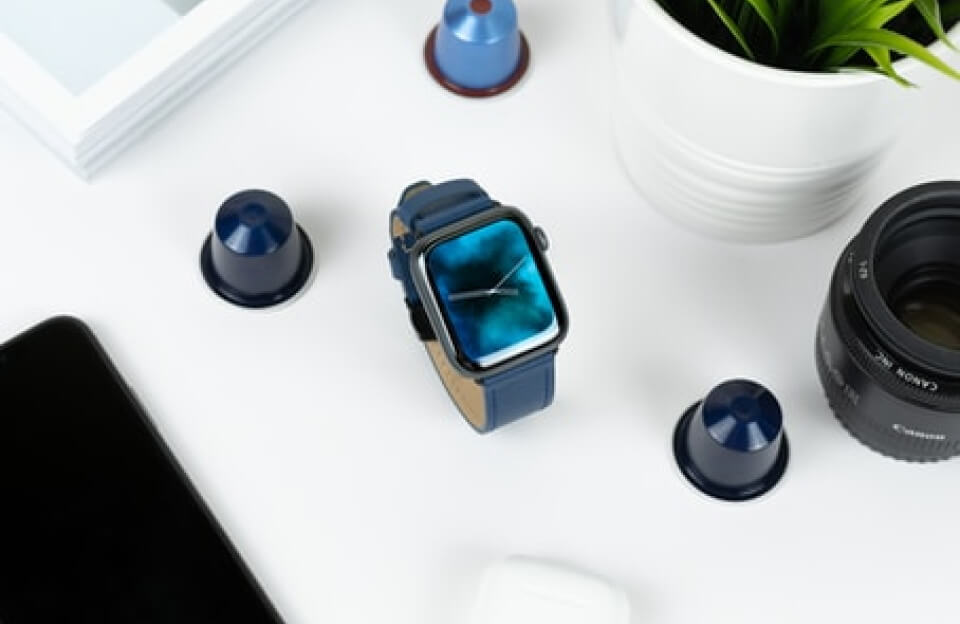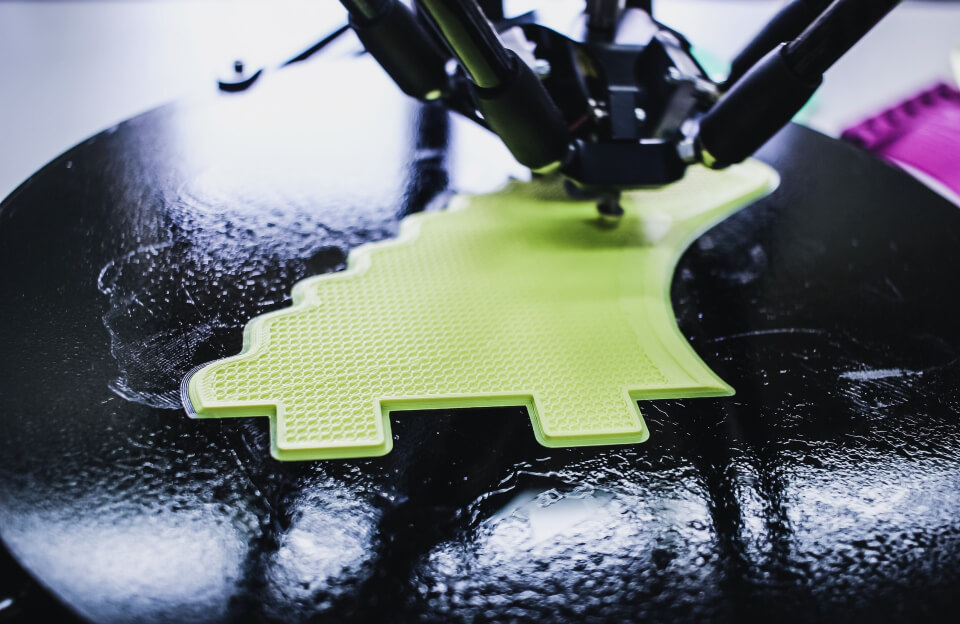let’s talk about dogs—those loyal, tail-wagging buddies who are way more than just our best friends. They’re straight-up heroes in the world of science, helping researchers unlock medical breakthroughs that save lives. From sniffing out diseases to testing life-changing drugs, dogs are putting in serious work in labs and clinics. And let’s be real, they’re doing it with way more chill than most of us could muster. So, grab a coffee, and let’s dive into how dogs are doing their duty for science, why it’s a big deal, and the messy debates that come with it.
Dogs Do Their Duty for Science: How Our Furry Friends Are Saving Lives
A Beagle named Buddy, happily munching on kibble mixed with a tiny dose of a new drug. Buddy’s not just eating breakfast—he’s helping scientists figure out if this compound could one day treat cancer in humans. Dogs like Buddy are MVPs in research because their bodies are a lot like ours. They get sick with stuff like diabetes, epilepsy, and even certain cancers, just like we do. Their DNA’s close enough to ours that scientists can study their genes to crack the code on human diseases. According to Understanding Animal Research, Beagles are the rockstars of the lab world—super social, easy to train, and cool with routines like hopping on a scale or wearing gear for tests. They’re basically the lab’s employee of the month, every month.

So, what’s the day-to-day for these science pups? A lot of it’s about safety testing. Before a new drug can be tried on humans, it’s gotta be tested on two species—usually a rodent like a rat and a non-rodent like a dog. Why dogs? Their hearts, lungs, and brains react to drugs in ways that give a solid clue about what’ll happen in humans. In these studies, dogs get small doses of a compound, often mixed into their food, for weeks or months. Scientists keep a close eye to make sure the dogs stay healthy. If something goes wrong, it’s a sign the drug might not be safe for us either. Dogs also help test vet medicines and special diets to keep our pets thriving. Plus, they’re key in studying genetic diseases like Duchenne muscular dystrophy (DMD), which hits both kids and some dog breeds. Research on dogs with DMD has led to better tests and treatments, which is honestly mind-blowing.
Dogs have been science heroes for ages. Back in the 1920s, they helped discover insulin, changing the game for diabetes patients. Fast-forward to 2012, and pet dogs with spinal cord injuries were testing cell transplants that got dachshunds waddling again—cue the happy tears. And get this: dogs’ noses are so insanely powerful they can sniff out diseases. Studies show they can detect lung cancer with 99% accuracy or even pick up COVID-19 from sweat samples. It’s cheap, non-invasive, and makes you wonder why we’re not training every pup for this gig. There’s even talk of dogs helping spot malaria or Parkinson’s before symptoms show up. Like, how are they this good?
But here’s where it gets tricky. Using dogs in research isn’t all warm fuzzies. In the EU, dogs make up just 0.1% of research animals—about 8,709 out of 8.4 million, per recent stats—but they spark the loudest debates. Why? Because we love dogs. They’re family, not just animals. Activists often protest places like MBR Acres in the UK, where dogs are bred for research, claiming the conditions are cruel. The UK government and inspectors argue these facilities follow strict rules, and misinformation’s the real problem. In the U.S., dog use in research has plummeted 72% since 1979, with 58,511 reported in 2019. Still, public support for animal testing tanks when dogs are involved. That’s led to laws like the UK’s ban on using animals for cosmetics or tobacco tests, and programs to rehome research dogs after studies. Some labs even have “retirement plans” for their pups, which is super wholesome.
Scientists aren’t blind to the pushback. They’re working on alternatives, like the UK’s NC3Rs “virtual dog” project, which uses computer models to cut down on real dogs needed. But for now, dogs are still critical for certain tests, especially when it comes to complex systems like the heart or brain. The goal’s always to use as few animals as possible while still getting answers that save lives. It’s a balancing act—nobody wants to stress out a pup, but those breakthroughs don’t come easy.
There’s also a cool trend where pet dogs are joining the science party. Programs like the Dog Aging Project study regular dogs to learn about health and longevity, which helps both humans and pets. Owners sign up their pups, share data like vet records, and sometimes even send in cheek swabs for DNA tests. It’s research that feels more like a community effort, and the dogs just get to be their goofy selves at home.
At the end of the day, dogs in science are doing something incredible. They’re helping us fight cancer, cure genetic diseases, and even sniff out pandemics, all while dealing with the occasional lab coat or weird-smelling sample. Sure, the ethical debates are real, and nobody loves the idea of dogs in labs. But the strict rules, rehoming efforts, and push for alternatives show the science world’s trying to do right by these pups. So, next time you’re cuddling your dog or tossing them a treat, give a little mental high-five to their cousins out there saving the world, one wag at a time. They’re good boys and girls, and science owes them big.


